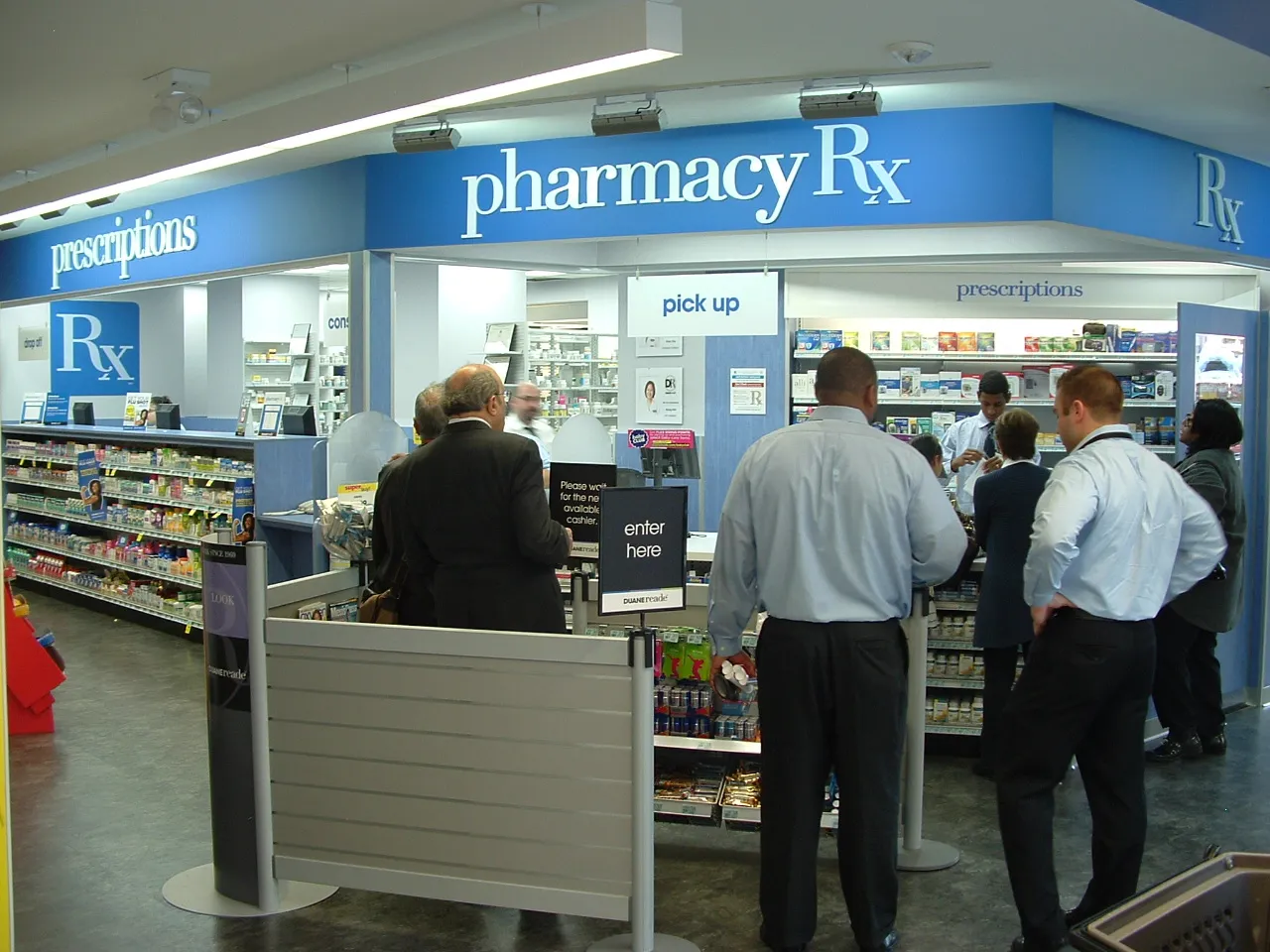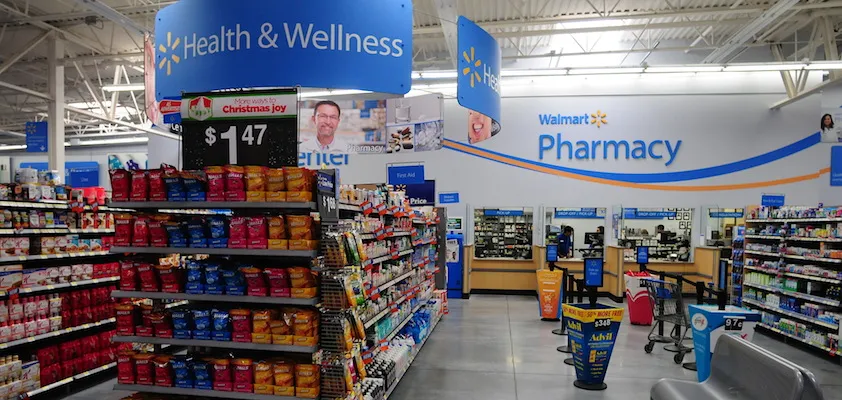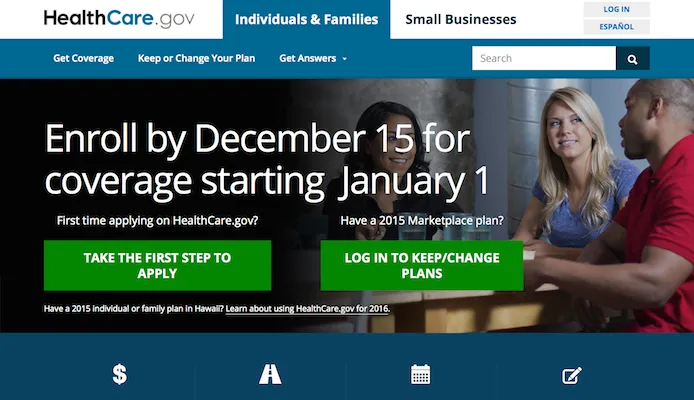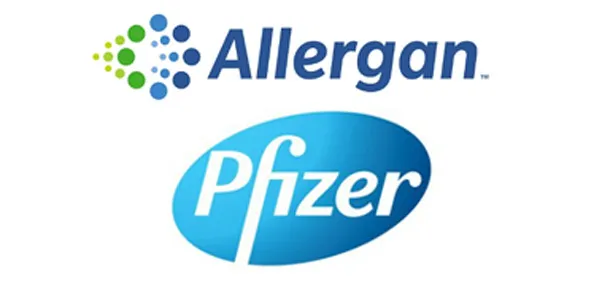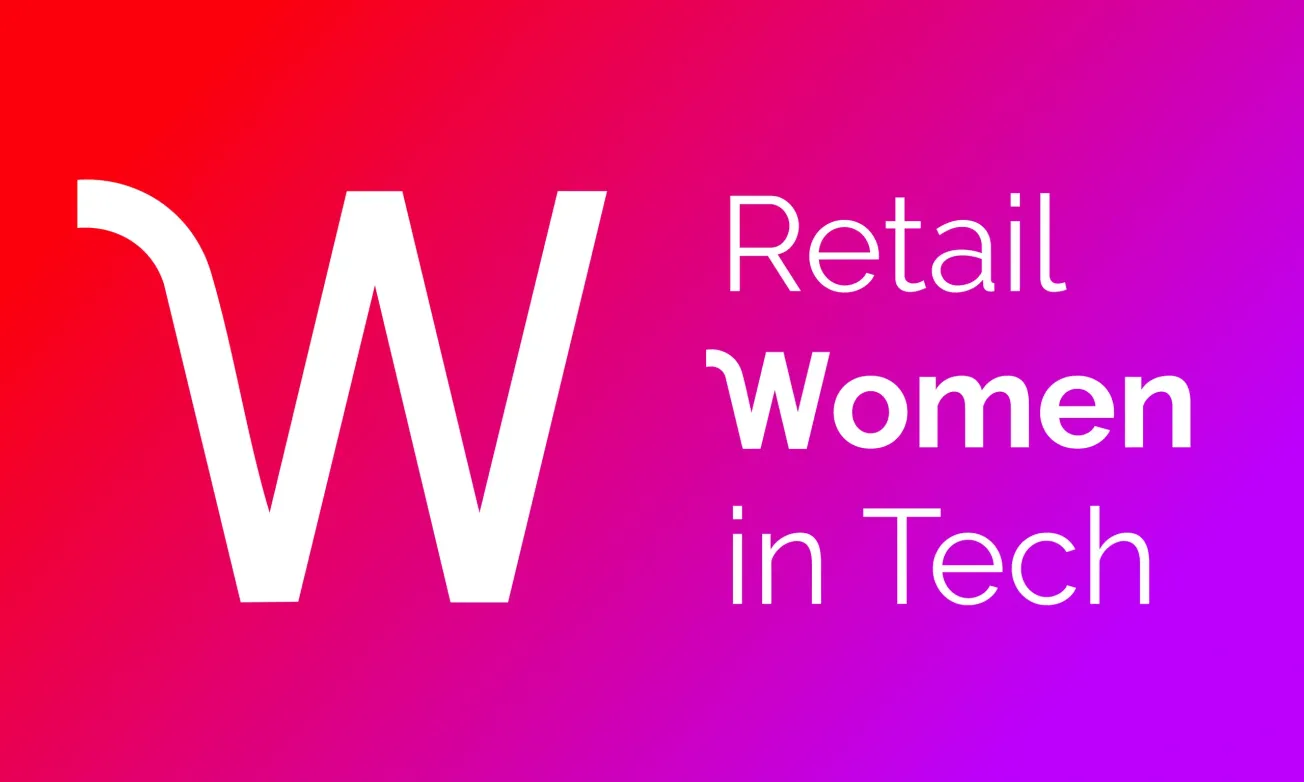WASHINGTON — Health care spending in the United States last year exceeded $3 trillion as five years of slow growth was replaced by the Affordable Care Act’s expansion of Medicaid and private health insurance coverage. Prescription drug prices accelerated as well.
Health care spending grew faster than the economy in 2014, and the federal share of health care spending grew at an even quicker pace.
Total spending on health care advanced 5.3% last year, the biggest jump since 2007. Health care spending accounted for 17.5% of the nation’s economic output versus 17.3% in 2013, the Department of Health and Human Services said in its annual report on spending trends. By contrast, health care spending rose 2.9% in 2013, the lowest rate of increase since the federal government began tracking it in 1960.
The spending report was released at a time in which the Obama administration is on the defensive over rising premiums and deductibles on insurance policies sold through the health law’s exchanges. In November, UnitedHealth Group, one of the nation’s largest health insurance companies, sharply lowered its profit estimates and blamed the federal health care law for the reduction.
But administration officials maintained that last year’s boost in health care spending did not shake their contention that the ACA had been a boon for the nation.
“Millions of uninsured Americans gained health care coverage in 2014,” said Andrew Slavitt, acting administrator of the Centers for Medicare & Medicaid Services. “And still the rate of growth remains below the level in most years prior to the coverage expansion, while out-of-pocket costs grew at the fifth-lowest level on record.”
Nevertheless, the new report will likely be used as fuel by ACA opponents in Congress.
Anne Martin, an economist who was the principal author of the report, said that the growth of health care spending last year was in line with projections by her office. The last recession, which began in December 2007 and continued until mid-2009, slowed health care spending, as many people lost income and job-based coverage.
Retail spending on prescription drugs increased sharply last year, rising 12.2% to $297.7 billion, the administration said. The report was published in the journal Health Affairs.
“This rapid increase, which was the highest rate since 2002, was in part due to the introduction of new drug treatments for hepatitis C, as well as of those used to treat cancer and multiple sclerosis,” the administration said. The new treatments for hepatitis C, which are highly effective, accounted for $11.3 billion in new spending.
Officials pointed out that the numbers on retail drug spending do not include drugs administered at hospitals and doctors’ offices, where patients receive many high-cost specialty drugs.

